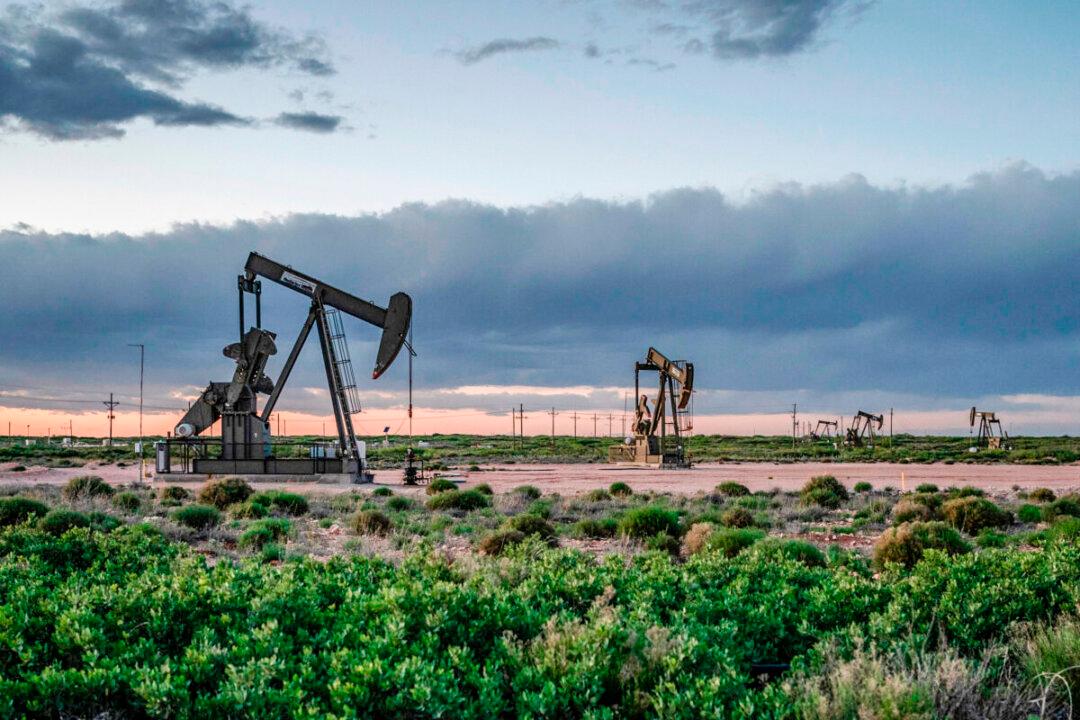Oil prices fell on Sept. 6, extending losses after Saudi Arabia, the world’s top oil exporter, slashed crude contract prices for Asia over the weekend, reflecting well-supplied global markets and concerns over the outlook for demand.
Brent crude futures fell by 0.17 percent to $72.1o per barrel as of 6:29 p.m. BST on Sept. 6, while U.S. West Texas Intermediate crude was at $68.89 per barrel, down by 0.58 percent, at 3:08 p.m. New York time.




